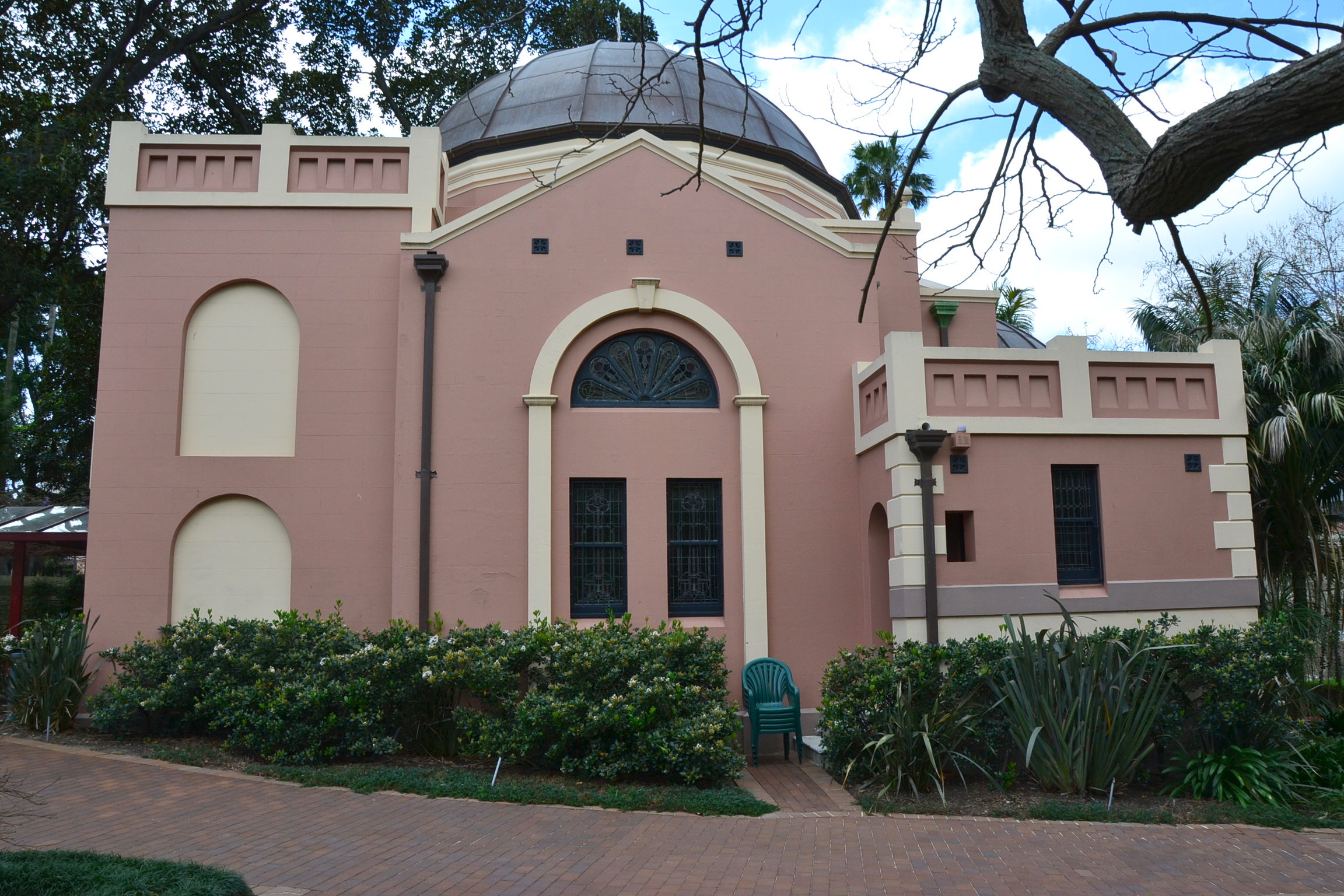|
Anne Daly
Anne Daly or Mother Mary Berchmans (28 May 1860 – 4 March 1924) was an Irish-Australian superior general of the Sisters of Charity of Australia and founded numerous hospitals in Australia, as well as being active in education. Early life Anne Daly was born in Tipperary on 28 May 1860. Her parents were John, a blacksmith, and Mary Daly (née Cleary). She had 8 siblings. The family emigrated to Australia in 1865, settling in Jembaicumbene near Braidwood, New South Wales. Daly was privately educated at home. She applied to the Department of Public Instruction in May 1877, and was appointed an assistant at Braidwood Catholic School. After further training she taught at Newtown Girls’ School, Grafton Primary, and St Mary's Cathedral Girls' School, Sydney. Career St Mary's Cathedral Girls’ School was run by the Sisters of Charity, and on 28 May 1881 she entered their congregation at St Vincent's, Potts Point. She received the habit on 22 October 1881, professing on 3 January ... [...More Info...] [...Related Items...] OR: [Wikipedia] [Google] [Baidu] |
Christianity
Christianity is an Abrahamic monotheistic religion based on the life and teachings of Jesus of Nazareth. It is the world's largest and most widespread religion with roughly 2.38 billion followers representing one-third of the global population. Its adherents, known as Christians, are estimated to make up a majority of the population in 157 countries and territories, and believe that Jesus is the Son of God, whose coming as the messiah was prophesied in the Hebrew Bible (called the Old Testament in Christianity) and chronicled in the New Testament. Christianity began as a Second Temple Judaic sect in the 1st century Hellenistic Judaism in the Roman province of Judea. Jesus' apostles and their followers spread around the Levant, Europe, Anatolia, Mesopotamia, the South Caucasus, Ancient Carthage, Egypt, and Ethiopia, despite significant initial persecution. It soon attracted gentile God-fearers, which led to a departure from Jewish customs, and, a ... [...More Info...] [...Related Items...] OR: [Wikipedia] [Google] [Baidu] |
St Vincent's Hospital, Sydney
St Vincent's Hospital, Sydney is a leading tertiary referral hospital and research facility located in Darlinghurst, Sydney. Though funded and integrated into the New South Wales state public health system, it is operated by St Vincent's Health Australia (which also operates St Vincent's Hospital, Melbourne). It is affiliated with the University of Tasmania College of Health and Medicine and the University of New South Wales Medical School. History Foundation of initial hospital St Vincent's Hospital was established in 1857 by five Irish Sisters of Charity, who had migrated to Sydney in 1838 with a mission to help the poor and disadvantaged. Some of their early work included helping victims of the 1853 influenza outbreak and families of prisoners in the nearby Darlinghurst Gaol. Three of the hospital's founding sisters had trained as professional nurses in France, and they brought their knowledge to the colony; they established a hospital that was free for all people but foun ... [...More Info...] [...Related Items...] OR: [Wikipedia] [Google] [Baidu] |
Female Religious Leaders
Female (symbol: ♀) is the sex of an organism that produces the large non-motile ova (egg cells), the type of gamete (sex cell) that fuses with the male gamete during sexual reproduction. A female has larger gametes than a male. Females and males are results of the anisogamous reproduction system, wherein gametes are of different sizes, unlike isogamy where they are the same size. The exact mechanism of female gamete evolution remains unknown. In species that have males and females, sex-determination may be based on either sex chromosomes, or environmental conditions. Most female mammals, including female humans, have two X chromosomes. Female characteristics vary between different species with some species having pronounced secondary female sex characteristics, such as the presence of pronounced mammary glands in mammals. In humans, the word ''female'' can also be used to refer to gender in the social sense of gender role or gender identity. Etymology and usage The ... [...More Info...] [...Related Items...] OR: [Wikipedia] [Google] [Baidu] |
19th-century Australian Roman Catholic Nuns
The 19th (nineteenth) century began on 1 January 1801 ( MDCCCI), and ended on 31 December 1900 ( MCM). The 19th century was the ninth century of the 2nd millennium. The 19th century was characterized by vast social upheaval. Slavery was abolished in much of Europe and the Americas. The First Industrial Revolution, though it began in the late 18th century, expanding beyond its British homeland for the first time during this century, particularly remaking the economies and societies of the Low Countries, the Rhineland, Northern Italy, and the Northeastern United States. A few decades later, the Second Industrial Revolution led to ever more massive urbanization and much higher levels of productivity, profit, and prosperity, a pattern that continued into the 20th century. The Islamic gunpowder empires fell into decline and European imperialism brought much of South Asia, Southeast Asia, and almost all of Africa under colonial rule. It was also marked by the collapse of ... [...More Info...] [...Related Items...] OR: [Wikipedia] [Google] [Baidu] |

